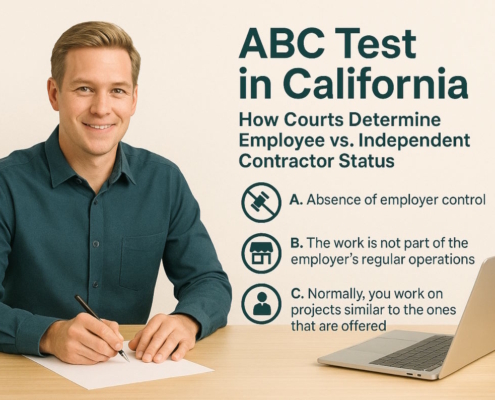Introduction
Did you know that in addition to the tax that is withheld from an employee’s paycheck, employers also have to pay taxes on the wages they pay to their staff? They are called employer payroll taxes. Often, employers have to split the cost of payroll taxes like Medicare and Social Security with their employees. This is what makes payroll so complex because in addition to ensuring everyone gets paid for their work correctly and on time, you need to calculate employer payroll taxes, where amounts vary depending on a number of factors. Here’s everything you need to know about employer payroll taxes.
What Are Employer Payroll Taxes?
Just as employees pay taxes on their wages, employers pay taxes on their employee wages. These are called employer payroll taxes. Some common examples of payroll taxes include:
- Social Security tax – Half of the total Social Security tax amount (12.4%) is paid by the employer, and the employee pays the other half.
- Medicare tax – Half of the Medicare tax amount (2.9%) is paid by employers, and the other half is paid by employees. If the employee earns over $200,000 pa, then the employee will only pay an additional 0.9% in Medicare tax.
- State unemployment tax – In most states it is only the employer who pays the state unemployment tax, and the amounts vary state by state.
- Federal unemployment tax – Federal unemployment tax will be between 0.6% – 6%, and it is a payroll tax that only the employer pays.
Employer payroll taxes will vary significantly between states, so it’s important to have expert support in your business to ensure you are paying your employer payroll taxes correctly.
How to Calculate Employer Payroll Taxes
Employer payroll taxes are not a flat rate like FICA taxes and other taxes. They are calculated as a percentage of the employee’s income and the income bracket they fall into.
- Wage adjustment – When filling out the W-4 form, employers may need to complete wage adjustment to ensure that the employee’s additional income (like bonuses or commissions) and deductions are properly listed. This step is vital to ensuring you pay the right amount of employer payroll taxes.
- Tentative withholding amount – The IRS Publication 15-T provides a wage bracket table that will help you to calculate the tentative withholding amount. You will need the adjusted wage amount and information on the employee’s filing status to do this.
- Tax credits – Your employees may receive tax credits for dependents, which will change the payroll tax amounts. Their Form W-4 will display the total dependent tax credit amount, which you will subtract from the withholding amount.
- Additional taxes – There may be additional taxes to withhold depending on your state, the industry, or any number of other factors. These should be entered on Form W-4, Step 4(c).
It can be rather complex to calculate employer payroll taxes and carry heavy penalties if you do it incorrectly.
How to Manage Employer Payroll Taxes
Employers need to calculate both employer payroll taxes and employee payroll taxes so they can withhold the correct amount from the employee’s paychecks. They also need to:
- Issue W-2 Forms to their employees
- Issue 1099-MISC forms to their independent contractors
- File W-3 Forms with the Social Security Administration
- File 1096 Forms with the IRS
Depending on the business, employer payroll tax amount, and the state, employers may need to file quarterly federal tax returns and make payments. The employer can file Form 944 to if they want to file their employer payroll taxes annually instead of quarterly.
Getting Support with Employer Payroll Taxes
Employer payroll taxes are complex and nuanced, with a lot of variation depending on the income bracket and the state where the business is based. Most businesses seek accounting support or financial experts to ensure that their employer payroll taxes are done correctly. Incorrect payroll taxes can attract large fines and penalties, so it is important to seek out that support if you don’t understand the accounting.
If you don’t have a finance or accounting department, you can work with an accountant who specializes in payroll administration. Alternatively, you could hire a professional employer organization (PEO). Working with a PEO means that while you are the employer in practice, the PEO is the employer for tax purposes and, therefore, handles the employer payroll taxes.































